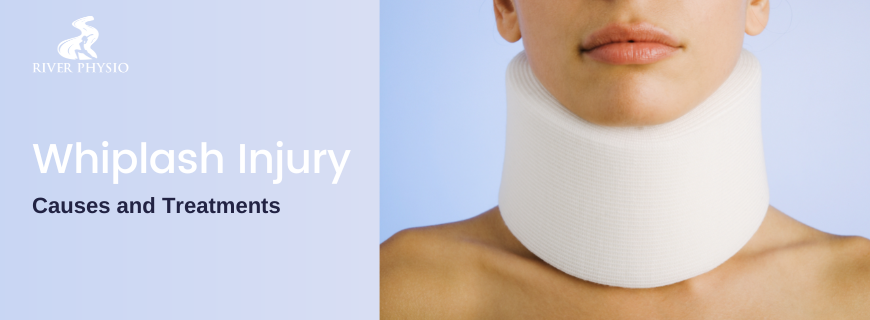Most people think of a whiplash injury as an injury suffered in a vehicle collision. However, it can happen in any occurrence where the body experiences an abrupt change in speed.
Your head weighs about 5 kg, which is a lot. Your neck’s soft tissues and muscles perform a good job most of the time supporting your head. The control over your head, however, is lost if you are exposed to a fast change in force because the strain imposed on these supporting structures exceeds their capacity. Your soft tissues, such as your muscles and ligaments, are overstretched as your head is flung. Your head is instantly protected as your muscles tense up.
Your head stops moving and is quickly tugged in the opposite direction as the tissues around your neck reach their limit of flexibility. The muscles surrounding this region are abruptly forced to contract in defense as a result of this movement over stretching the soft tissues supporting the other side of your neck. All of the tissues swell up as a result of the head moving so quickly. Your injury’s initial stages are typically the worst.
Recovering from Whiplash
Even while you should spend a lot of time letting your neck heal, holding it rigidly in one position would probably make your pain worse. This can be reduced by making some moderate neck movements. In the beginning, it’s frequently better to perform these while resting on your back.
Take care not to tense up other parts of your body. Keep your shoulders relaxed, your neck long, and your shoulder blades back and down.
Treatment & Exercises
Neck treatments like applying ice to your neck in the first few days will help to reduce inflammation in your muscles and other tissues. Nonsteroidal anti-inflammatories can help you manage the acute symptoms of inflammation. Pain relievers prevent you from tensing your other muscles and allow you to sleep.
After a few days, apply heat to the muscles over the top of your shoulders and upper back to help them relax.
When at work, keep your head in a neutral position and gently stretch your neck every 15 minutes.
You can increase the depth of your stretches as your pain subsides and your exercises become easier. Depending on the severity of your pain, this could be a few days after your injury. You may also experience pain in your upper back, so stretch this area as well. Stretching is best done in small doses and frequently throughout your recovery.
You may experience a feeling of weakness around your neck. Restoring muscle strength is critical to achieving full recovery. Our Physiotherapists at River Physio can guide you through your exercises at a pace appropriate for you.


